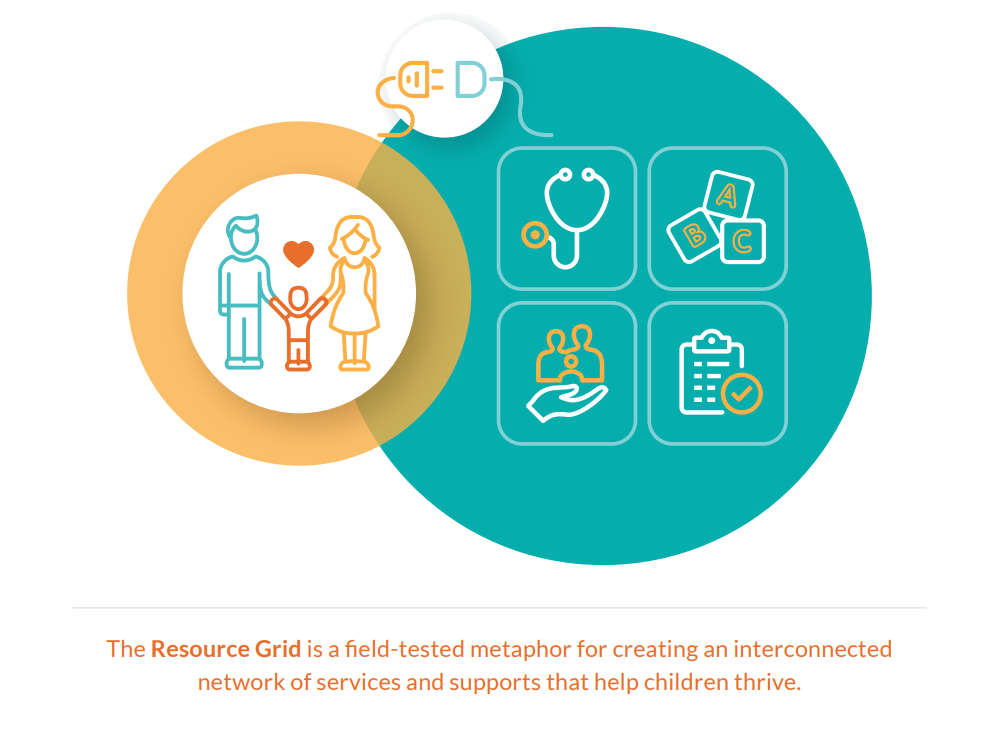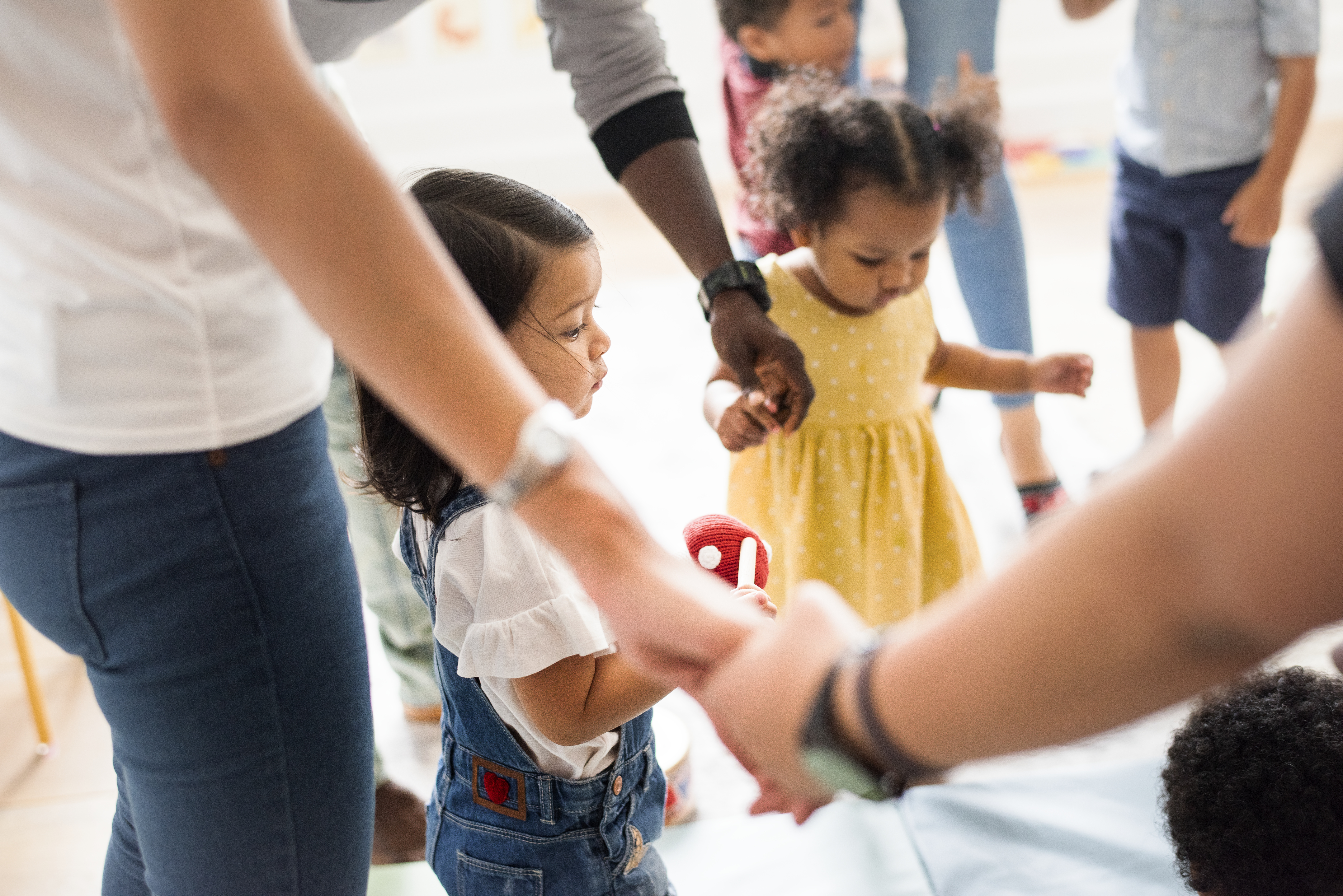BY STEPHANIE LUCZAK, LMSW
The greatest catalyst to promote children’s optimal healthy development is all of us.
A key element of the Help Me Grow system model requires communities to identify and organize existing resources that enhance health and well-being so that the system is better set up for families and their young children. This objective inherently calls for developing authentic partnerships across sectors to make the most of every resource and opportunity through a shared vision and common approach.
As Kimberly wrote in a previous blog post, this is a paradigm shift that takes different thinking – from an “either/or” mentality to a “we” mentality. A “we” mentality means increased collaboration, which fosters greater alignment of efforts and resources.
Parallel to increased collaboration is the idea that a “we” mentality also helps shift the responsibility of access off of individual caregivers and onto all of us as professionals and community members seeking to improve the health and well-being of young children. As a field, we’ve come to recognize that accessing the resources that help children thrive can be challenging: there are often confusing eligibility requirements, or an ever-changing service menu, both of which significantly hinder access to beneficial resources.
Yet, as a society, we continue to deeply value individual responsibility and success. Thus, this persistent shared understanding (also known as “individualism”) means that we expect individuals to “pull themselves up by their bootstraps” and as a result, achieve good outcomes such as preparing young children to be ready to learn in kindergarten. This pattern of thinking drives the notion that families must be self-reliant and self-sufficient without seeking support.
However, this individualistic thinking has only perpetuated the status quo, ignoring the fact that outcomes are not solely a result of good choices, but are often influenced and pre-determined by circumstance such as race, economic status, or zip code. These circumstances also determine a caregiver’s ability to have knowledge about or access resources to help their child thrive – things such as health care, quality early learning opportunities, healthy nutrition, or parent support.
If we are going to adopt a “we” mentality, we need new language to fit this thinking.
Over the course of the last several months, the HMG National Center has partnered with the FrameWorks Institute and a group of 13 affiliates across the National Network to determine successful strategies that counter this pattern of thinking and help people imagine the work of Help Me Grow in new ways.
One of the identified strategies coined by FrameWorks is the Resource Grid metaphor, which helps explain fixing, restoring, and expanding systems of resource distribution. This metaphor compares the resources that children need to thrive to a power grid – an interconnected network that provides a reliable and consistent power supply across communities. Similarly, there is a grid of resources in any given community that provides supportive services intended to keep children healthy, provide opportunities for success, and help to develop their potential.

But, the resource grid is not always set up in a way that allows these resources to run evenly throughout a community. For some families, the grid functions well – these families can plug in and the resources flow consistently and reliably so they get what they need to succeed. For others, the grid is patchy and uneven – the resource flow is weak and unreliable; families either can’t plug in or when they do, they don’t get all that they need.
The work of this communication device strategically redirects thinking away from individual responsibility of access and instead, focuses thinking on the vital importance of equitable resource distribution and how the system of resources must be set up in order to provide for all.
Explaining the work of Help Me Grow as the engineer of a resource grid help us better communicate:
-
-
-
The fact that all children – not just those most in need – can benefit from an organized system of community resources to help them thrive.
-
Collaboration and community are key to ensuring all families have equal access to the resource grid.
-
Families have the individual choice to access such resources and supportive services, but it’s our shared responsibility to make sure the grid is organized and that families are aware of resources if they choose to access them.
-
-
As a result of our partnership with the FrameWorks Institute, we’re excited to continue our work using these changes in our messaging approach as a part of our larger, collective effort to create a coordinated system where all families can plug in. It’s our shared responsibility to collaborate and coordinate existing resources so that every child can have a bright future.
For Help Me Grow affiliates, check out our framing tools using the resource grid metaphor here.
Help Me Grow Headlines is a blog series highlighting new and exciting work of the National Center and the affiliate network.

